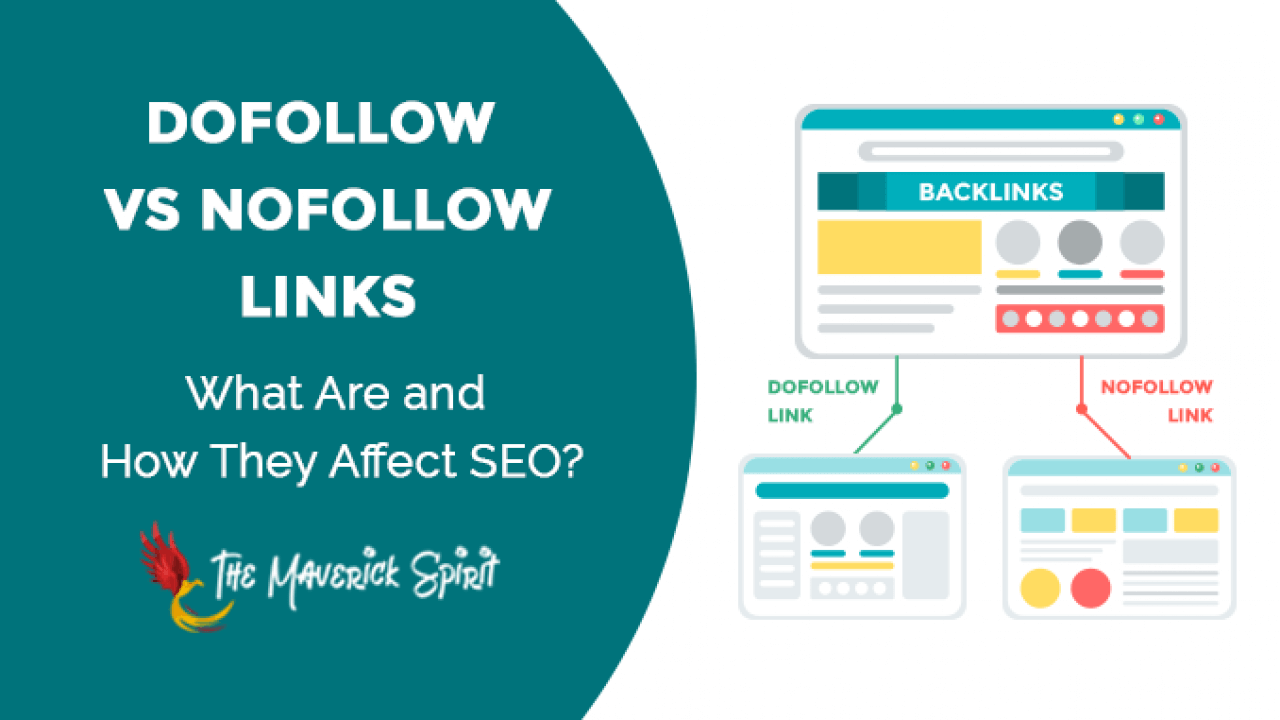In SEO, the most crucial strategy is link building, which every marketer should know. A plethora of skills include creating quality content, generating leads, making convicting pitches, conducting surveys, reaching engagements, target audiences, etc. If someone wants to link any website with its domain, one needs to be an expert in these skills.
Every site requires links that boost their traffic and visibility. For this purpose, there are two types of connections that exist:
- No-follow
- Do-follow
NO-FOLLOW LINKS
A no-follow link is a link which allows only the users to follow the link and not the search engines. It does not boost Page Rank and is not considered at a point in the page’s favor as it can’t help in a page’s placement in the SERPs.
It is created with the no-follow link HTML tag, which is as:
<a href=”http://www.websitename.com/”rel=”nofollow”>Link Text</a>
The hyperlinks with rel=”no follow” tags are known as no-follow links. If there is any hyperlink that is rel=”no follow,” then no link juice will be transferred to the destination URL, which means there will be no improvement in a site’s rankings.
The no-follow tag is generally a notice sign for search engines telling “don’t count this.”
DO FOLLOW LINKS
Well, the no-follow links and follow links are similar to each other, but the important difference is that the former one does not help in SERP, whereas the latter one does.
The natural way of linking is to perform do-follow links on the website. The do-follow links are the HTML attribute, allowing both user and search engines to increase the Page Rank. These links improve the SEO of a website and provide a reference for original work when you copy.
Do-follow links get the most link juice and hence improve the site’s rankings. Even Google takes notes of do-follow links and finds out how many users are linking to your page to know how perfect the page is. The more do-follow links you have, the more points you will get. Here is an example for a do-follow link:
<a href=”https://website.com/”>Text</a>
So here we will be getting the idea regarding what Google cares most about – follow or no-follow links
As we know, the do-follow links are real voters of credibility by Google as they help increase Page Rank, gain more SEO points, and boost link juice, which makes your site highly ranked in SERP. But, on the other hand, Google recommends sites to build no-follow links as well.
Many SEO experts claim that still Google recommends websites to acquire a mix of both follow and no-follow links to know about the authority signals received via links coming from other relevant websites.
Moreover, Wikipedia got messy too, as people tried to add their sites as references on hundreds of Wikipedia pages all for the link juice. It happens because every SEO knows that Google considers Wikipedia to be a high source of information. To acquire an authority no-follow link, it understands that Google will analyze Wikipedia’s link association and figure out which site Wikipedia deems authoritative enough to link. It contributes as a signal for Google when deciding which websites to rank.
In short, rather than focusing on which type of links should use, it’s more important to concentrate on quality, relevancy, and authority links that Google will notice.
Despite where traffic arises from or in which quantity you are getting link juice from a link, the thing matters the most is traffic reaches your site. Whether the no-follow links or the following links will provide you with more chances of having people on your page. It indicates that your content is worth reading. Even if it’s growing the Page Authority, it serves valuable information to more people. So no-follow links are not worthless just because they don’t provide SEO link value; still, they provide relevant referral traffic, further going to leads and conversions.
For better SEO, Sahil Tanda, Co-founder of Digibulls, suggested that “Implement the 80-20 rule – have80% your links do-follow and 20% of no-follow.”
As the point is that although no-follow links don’t influence any search engine rankings, they still drive traffic to your website. These no-follow links also make your backlink profile look great and healthy. Even the major sites like YouTube, Facebook, and LinkedIn have a vast number of no-follow links, making their backlink profile natural. Google didn’t use no-follow links for rankings or indexing. It will give such links credit, recognize them as spam or use them for various ranking purposes. Eventually, you want a healthy balance of do-follow and no-follow backlinks for the perfect link profile. However, do-follow links may do more for SEO, but both deserve a place in your online marketing strategy.
The two questions that create curiosity among the digital marketers are: “What if I receive no-follow links from a highly authorized site like Wikipedia, will it boost my ranking?”, Well, probably not. If you have many do-follow backlinks and none of the no-follow links, it forwards a direct message to Google that this site is buying links from third-party websites. As a result, Google will de-rank you, hit you with a penalty, or Google de-indexes you.
Many times, companies promote their products by offering a free trial or a demo of their services. But this does not stop advertising or marketing of those products, even though it provides potential customers with no apparent reason to buy what the company is selling?
Conclusion
It concludes that both the links are equally important even though no-follow links do not affect page rank. But still, it engages more traffic as compared to do-follow links. For any website, it must have both the no-follow links and do-follow links so that the more and more traffic can generate, and on the other side, the Page Rank can also improve, which makes more link juice and helps the website to get high page rank.

